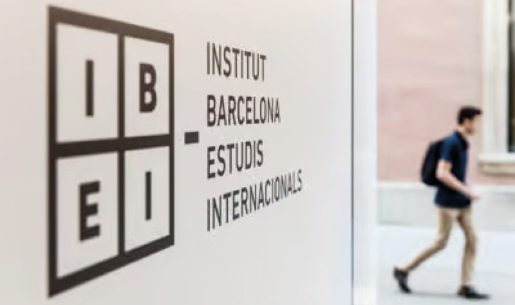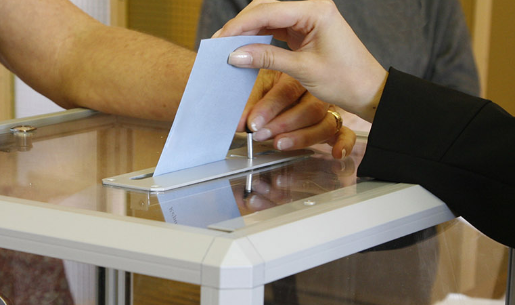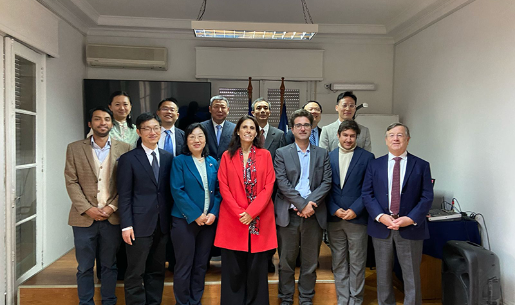The visiting SECO scholar at the WTI is also a seasoned diplomat, having served as Vice Minister of Foreign Affairs of Chile from 2006 to 2010, as well as Ambassador to the EU and to Belgium and Luxembourg. As a diplomat, he participated in several international negotiations and was responsible for the negotiation of the political pillar of the Chile-EU Association Agreement.
Professor van Klaveren began his lunchtime lecture by mentioning the long history of regionalism -defined as the theory or practice of regional systems of administration or economic, cultural, or political affiliation- in Latin America. This had been marked by ups and downs. Regionalism is an ideal but the economic and political diversity in the region make it difficult to implement, he said.
Waves of regionalism
He identified three distinct waves of regionalism in Latin America from the middle of last century, plus a fourth wave that is happening currently.
The first wave began in the 1950s with the intention of promoting regional industries, finding economies of scale and establishing institutions aimed at liberalization between Latin American countries but excluding third parties. Institutions set up included the Latin American free trade association (LAFTA) and the Andean Community comprising Bolivia, Colombia, Ecuador and Peru. This wave could be described as ‘closed regionalism’, which imposes protectionist measures to limit non-members’ access to member states’ markets.
A second wave saw the evolution of ‘open regionalism’, which promotes global trade liberalization, across Latin America. This began in the 1990s with the adoption of the agreement on a Free Trade Area of the Americas (FTAA), stretching from Alaska to Tierra del Fuego in 1994. Serious negotiations took place but the movement to link all the economies of the Western Hemisphere was interrupted by political changes and finally abandoned. What survived was a series of free-trade agreements between specific Latin American countries and the USA.
The third wave, Prof. van Klaveren said, was that of post-liberal regionalism led by countries that did not favor free-trade agreements. This also gave rise to new initiatives, including the Alliance for the Peoples of our Americas (ALBA), the Union of South American Nations (UNASUR), and the Community of Latin American and Caribbean States (CELAC). What these had in common was their aim to exclude trade from regionalism.
Building bridges
The fourth wave that can be distinguished is taking place now with the coexistence of two different models (‘Convergence in Diversity’). These model are the 2012 Pacific Alliance (Mexico, Colombia, Peru and Chile), a trade bloc with deep integration features between like-minded countries which already had a network of bilateral agreements; and the updated Mercosur, another very important trade bloc, including Argentina, Brazil, Uruguay, Paraguay and Venezuela with a different political and economic reality, closer to the post-liberal regionalism.
The expectation, according to Prof. van Klaveren, is that more bridges will be built between the Latin American countries with new impulses to regionalism.






